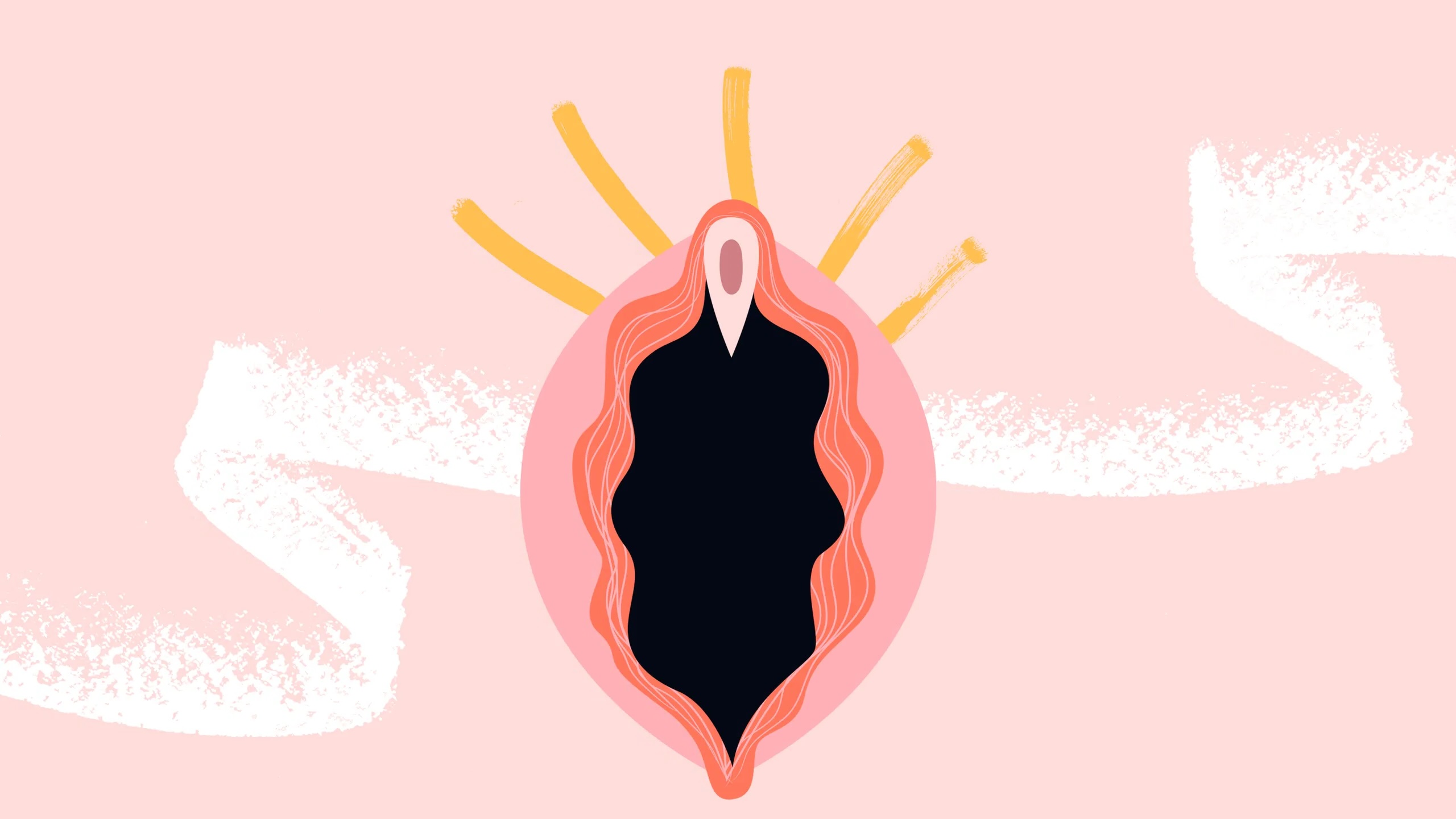
Did you know the clitoris has more nerve endings than any other part of the human body? This small but mighty organ is often misunderstood, yet it plays a crucial role in sexual pleasure. Unlike other parts of the body, the clitoris is solely designed for pleasure, boasting around 8,000 nerve endings. That's double the number found in the penis! Despite its importance, many myths and misconceptions surround it. Understanding the clitoris can lead to better sexual health and satisfaction. Let's dive into 27 intriguing facts about this fascinating organ that will enlighten and perhaps even surprise you.
The Clitoris: A Fascinating Organ
The clitoris is often misunderstood and shrouded in mystery. Yet, it plays a crucial role in female pleasure and anatomy. Here are some intriguing facts about this remarkable organ.
-
The clitoris has over 8,000 nerve endings, making it one of the most sensitive parts of the human body.
-
It is the only human organ solely dedicated to pleasure.
-
The visible part of the clitoris is just the tip of the iceberg. The majority of it is internal, extending up to 9 centimeters inside the body.
-
The clitoris continues to grow throughout a woman's life, potentially doubling in size by menopause.
-
It shares embryonic origins with the penis. Both develop from the same tissue in the womb.
Anatomy and Function
Understanding the clitoris's anatomy and function can enhance appreciation for its complexity and importance.
-
The clitoris has a glans, a shaft, and two crura, which are legs that extend internally along the pelvic bones.
-
It swells and becomes erect when aroused, similar to the penis.
-
Blood flow to the clitoris increases during arousal, contributing to its sensitivity.
-
The clitoral hood, or prepuce, protects the glans and can be retracted.
-
The internal structure includes the vestibular bulbs, which engorge with blood during arousal, enhancing sexual pleasure.
Historical and Cultural Perspectives
The clitoris has been viewed differently across cultures and historical periods. These perspectives reveal much about societal attitudes toward female sexuality.
-
Ancient Egyptians recognized the clitoris and even performed clitoridectomies as part of certain rituals.
-
In the 16th century, anatomist Realdo Colombo claimed to have "discovered" the clitoris, calling it the "seat of women's pleasure."
-
Victorian-era doctors often ignored or misunderstood the clitoris, reflecting broader societal repression of female sexuality.
-
Some cultures practice female genital mutilation (FGM), which often involves partial or total removal of the clitoris, severely impacting women's health and sexual pleasure.
-
Modern sex education increasingly includes information about the clitoris, promoting a healthier understanding of female anatomy.
The Clitoris in Science and Medicine
Scientific research continues to uncover new information about the clitoris, enhancing medical knowledge and sexual health.
-
MRI studies have mapped the full structure of the clitoris, revealing its extensive internal anatomy.
-
The clitoris plays a role in reproductive health by contributing to vaginal lubrication and overall sexual function.
-
Some women experience clitoral orgasms, which are distinct from vaginal orgasms but equally valid and pleasurable.
-
Hormonal changes, such as those during menopause, can affect clitoral sensitivity and function.
-
Clitoral health is important; issues like clitoral adhesions or pain can impact sexual well-being and may require medical attention.
Fun and Surprising Facts
Beyond its biological and cultural significance, the clitoris has some fun and surprising aspects worth noting.
-
The word "clitoris" comes from the Greek word "kleitoris," meaning "little hill."
-
Some animals, like dolphins and bonobos, also have clitorises, suggesting its role in pleasure is not unique to humans.
-
The clitoris can have different shapes and sizes, with no two being exactly alike.
-
Some women can experience multiple clitoral orgasms in a single sexual encounter.
-
The clitoris can be stimulated indirectly through the labia, perineum, or even the inner thighs.
-
Clitoral piercings can enhance sexual pleasure for some women, though they should be done carefully to avoid nerve damage.
-
Awareness and understanding of the clitoris are growing, leading to more inclusive and comprehensive sexual education.
The Final Word
Understanding the clitoris isn't just about sexual health; it's about empowerment and knowledge. This small but mighty organ plays a huge role in female pleasure and overall well-being. Knowing its structure, function, and significance can lead to better sexual experiences and health outcomes.
Many myths and misconceptions surround the clitoris, but facts help clear the fog. From its anatomy to its sensitivity, every detail matters. Whether you're looking to improve your own sexual health or simply want to be more informed, these facts offer valuable insights.
Remember, education is key. The more you know, the better you can take care of yourself and others. So, keep learning, stay curious, and never underestimate the power of knowledge.
Was this page helpful?
Our commitment to delivering trustworthy and engaging content is at the heart of what we do. Each fact on our site is contributed by real users like you, bringing a wealth of diverse insights and information. To ensure the highest standards of accuracy and reliability, our dedicated editors meticulously review each submission. This process guarantees that the facts we share are not only fascinating but also credible. Trust in our commitment to quality and authenticity as you explore and learn with us.
